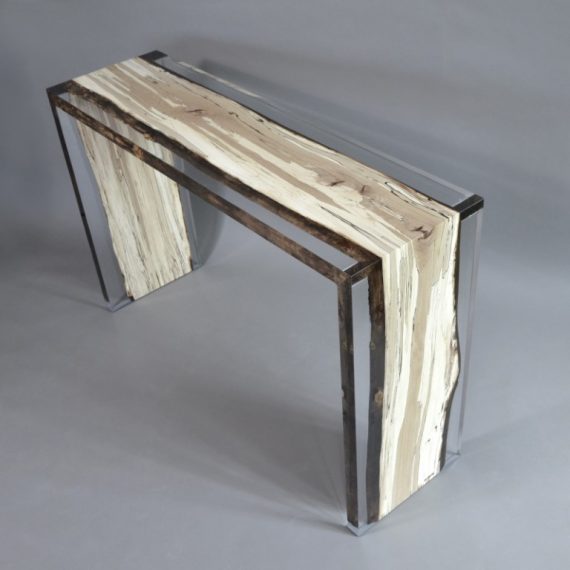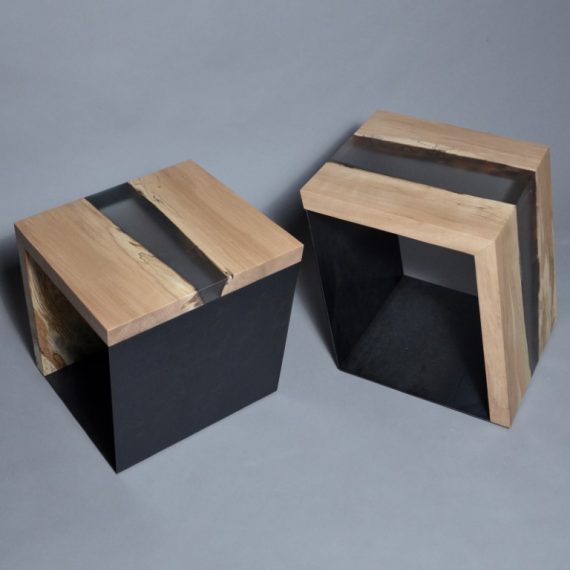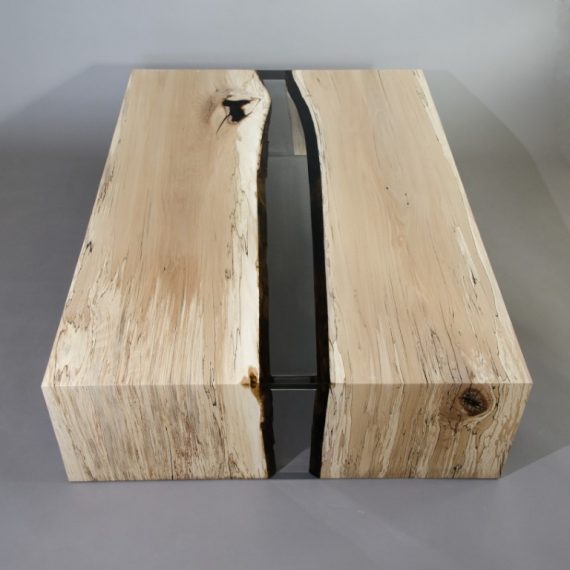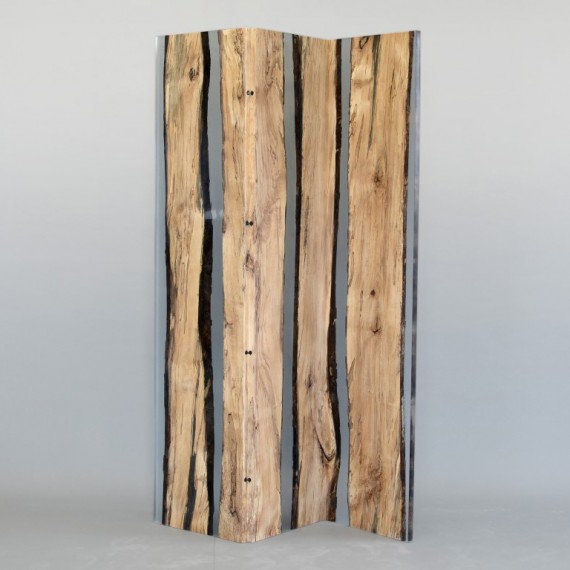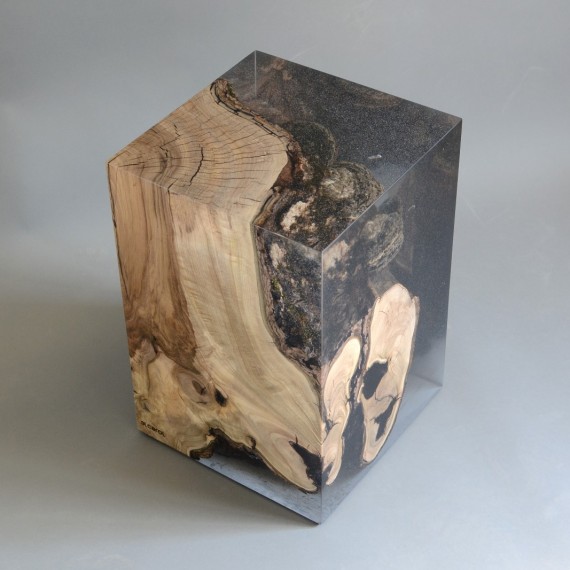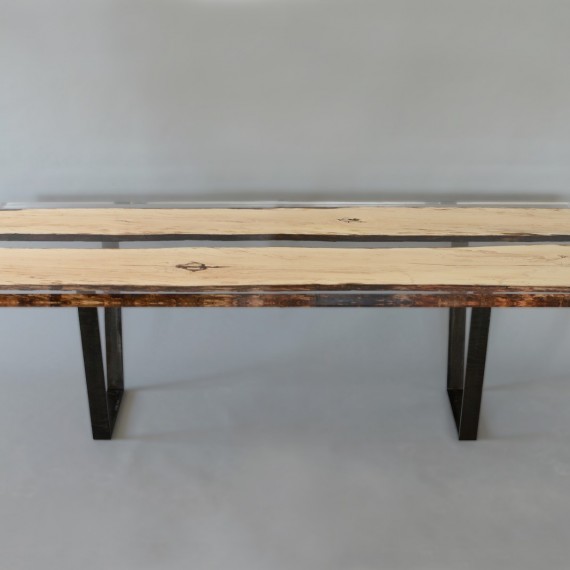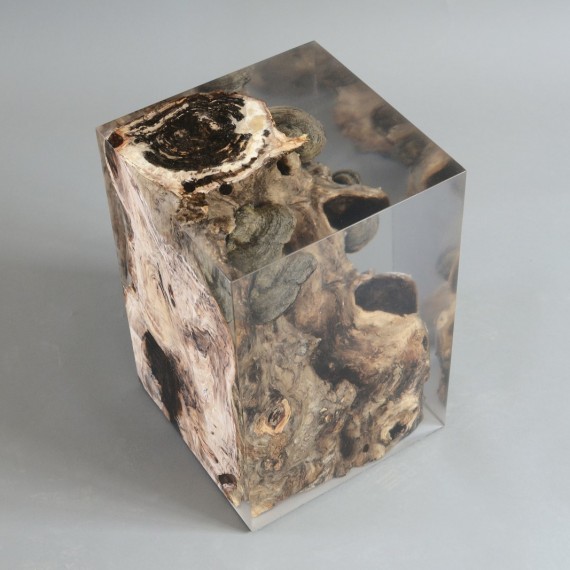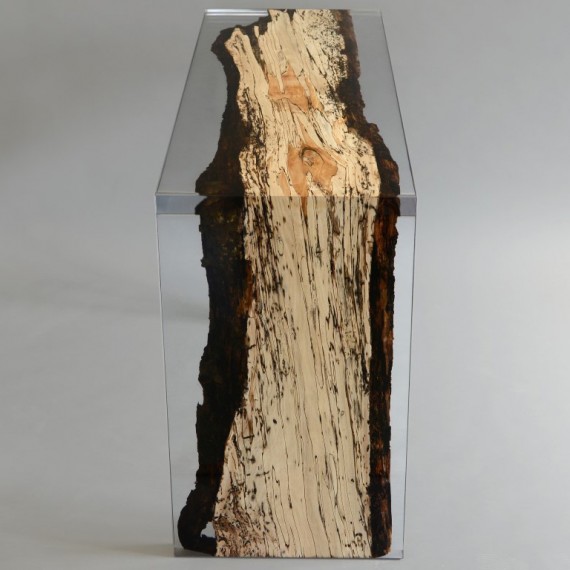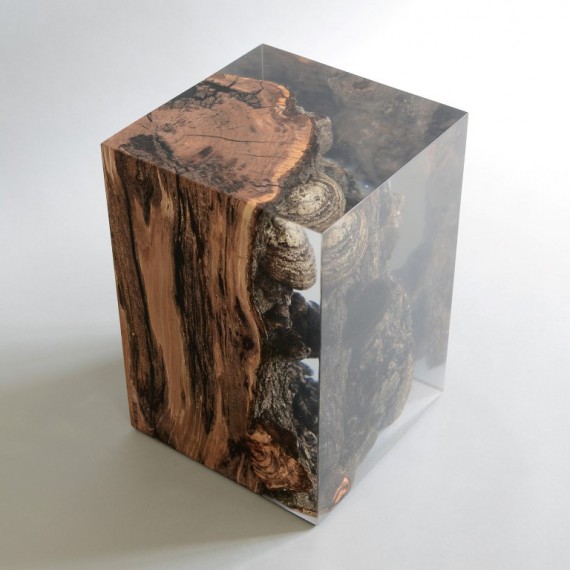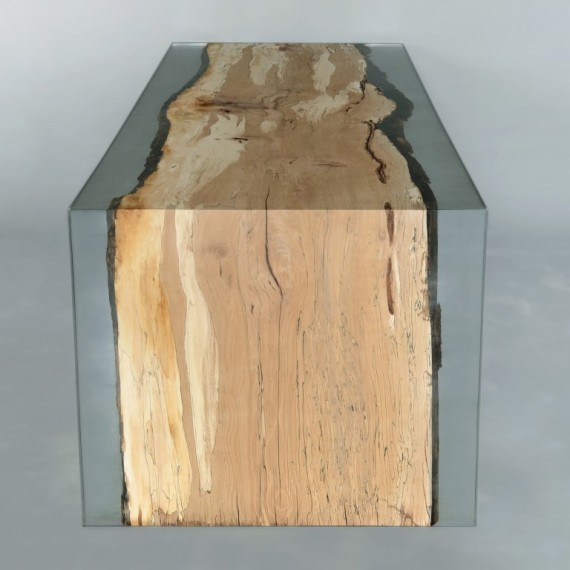THE INTIMATE TRANSFORMATIVE WONDER OF NATURE HIDDEN IN THE WOOD
“In Nature nothing is lost, nothing is created, everything is transformed.”
Antoine-Laurent de Lavoisier
Forests are the dominant terrestrial ecosystem. Their biomass is the oldest source of renewable energy used since our ancestors learned the secret of fire. Much of this biomass occurs below ground as partially decomposed plant detritus. Its decay is a clear example of the transformative energy of Nature, and it’s all around us.
The final stages in the life cycle of a forest tree attracts specialised fungi organisms which attack the wood breaking down the tough lignin layer that protects it. These colonisers open up the resources by making cracks in the tough outer skin and modifying the heartwood so that it can be assimilated by other feeders. Next to arrive are very important plant and animal species that eat the evolved organic matter.
Fungi are in the air. They just await the opportunity to take advantage of the right conditions to grow and transform the organic matter. Fungi doesn’t always grow when a tree dies and neither does it always strike all specie of tree equally either, any chance during the winter months fungi become inactive until the next spring. With the ice melting they begin to operate again using the water and the humidity of the undergrowth.
alcarol walks in the Italian Dolomite forests selecting dead trees and abandoned logs with their native populations of fungi, and cut planks preserving their natural live edges. One of the outstanding effects of the early stages of wood decay is the fungi texture inside the matter of the tree: the fungal growth can create some of the most dramatic and beautiful wood color changes with regions of discoloration and intricate patterns of amazing dark lines, adding a new dimension to the woodgrain.
Maybe the most fascinating creations of the fungi are the mapping dark lines, that look like free-form art drawn with a calligraphy pen. These zone lines are pigment demarcations constructed by the fungal colonies to protect their territories from potential competitor fungi.
Wood decay fungi is always unique. No two pieces are exactly the same because there’s precise time, place and environmental conditions for its genesis.
alcarol main action is sectioning, and when the saw has finished his work our eyes can see the hidden world of Nature, sometimes simply amazing. The section planes – through touch, sight and olfaction – allow you to transcend the ordinary perception of a place, discovering the intimate transformative wonder of Nature.
Before the beginning of the degenerative phase, and before the wood dissolves into the ecosystem, the matter is subjected to a series of conservative treatments. With an aim to capture the fungal metamorphic instant by freezing time at the end of the tree’s life cycle, alcarol employs experimental processes to preserve the raw material exactly as it appear in his original habitat, and gives it a new life before it goes to waste.
The natural wood live edges are frozen in a special extraclear resin resembling the winter ice that blocked the fungal activity. The transient beauty of Nature becomes eternal.


